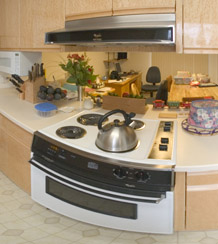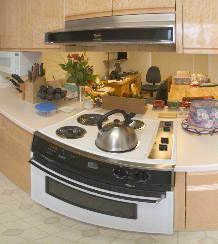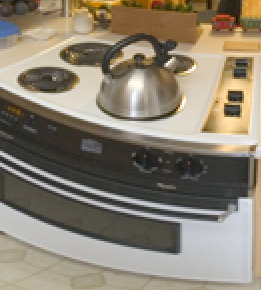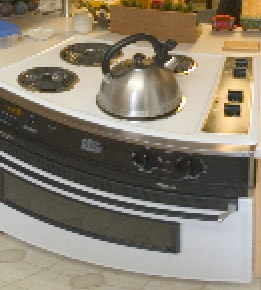Aliasing
Aliasing is a process that results in "jaggies" or Moire effects when an image is sampled or resampled.
The word "aliasing" comes from frequency-domain analysis. Slow periodic sampling of a signal causes high frequency components to be "aliased" into low frequency ones that corrupt the sampled signal.
To avoid aliasing, a signal must not contain frequencies that are higher than one half the sample rate. Likewise, an input image must not contain details that are smaller than one pixel in the output image.
This can be accomplished by appropriately filtering the signal or blurring the image before resampling it.
Such filtering is one way to anti-alias. (There are others, not relevant here.)
When using Panorama Tools, the important thing to know is that Panorama Tools does not anti-alias. This means that if you have Panorama Tools make a small panorama directly, it is likely to show jaggies or Moire effects.
You will get better results by having Panorama Tools make a large panorama, then resizing it (downsampling) using some tool like Photoshop that does incorporate anti-aliasing.
The following images illustrate this guidance. They show crops from a 1000x500 panorama. On the left is what Photoshop produced by downsampling from a 6068x3034 pano. On the right is what Panorama Tools produced directly at 1000x500.
"Actual pixels"
2X enlargement to show the aliasing more clearly.



